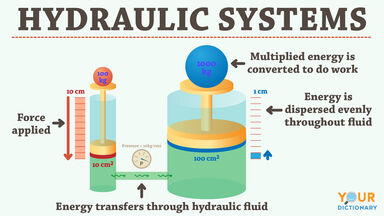His labours were chiefly in the field of descriptive geometry, with its application to the arts and mechanical engineering.
The rapid advance in mechanical engineering in the latter part of this second period stimulated the iron industry greatly, giving it in 1728 Payn and Hanbury's rolling mill for rolling sheet iron, in 1760 John Smeaton's cylindrical cast-iron bellows in place of the wooden and leather ones previously used, in 1783 Cort's grooved rolls for rolling bars and rods of iron, and in 1838 James Nasmyth's steam hammer.
The regular annual tuition fee is $100, but in medicine, in architecture, and in civil and mechanical engineering it is $150.
Alloys prepared in this way, and known as phosphor bronze, may contain only about 1% of phosphorus in the ingot, reduced to a mere trace after casting, but their value is nevertheless enhanced for purposes in which a hard strong metal is required, as for pump plungers, valves, the bushes of bearings, &c. Bronze again is improved by the presence of manganese in small quantity, and various grades of manganese bronze, in some of which there is little or no tin but a considerable percentage of zinc, are extensively used in mechanical engineering.
Mr. Dolby, C.E., has advised on the mechanical engineering throughout, and has supervised the erection of the boilers and machinery.





